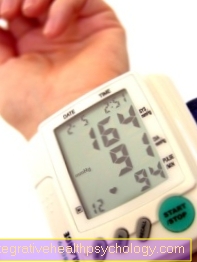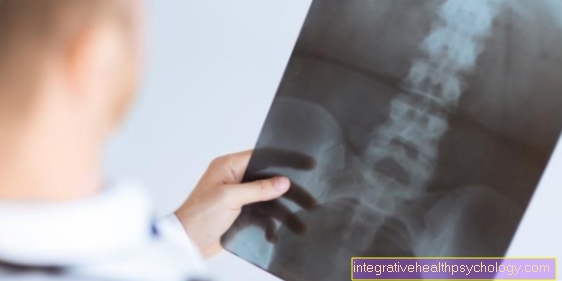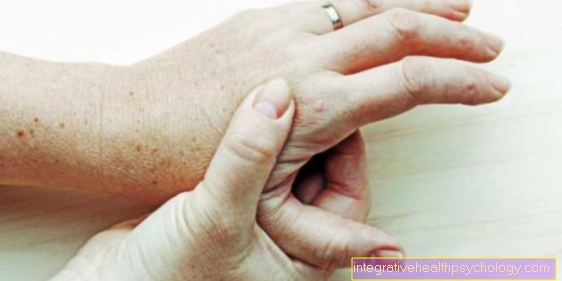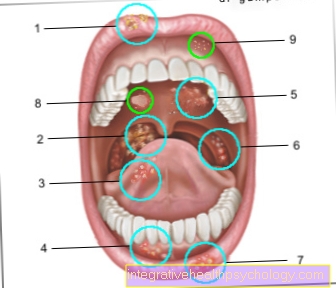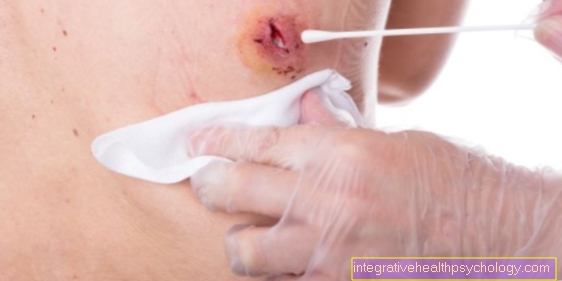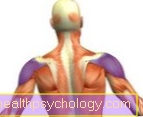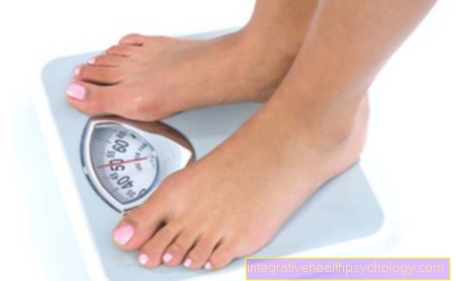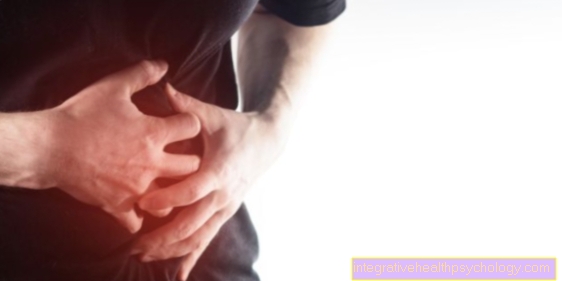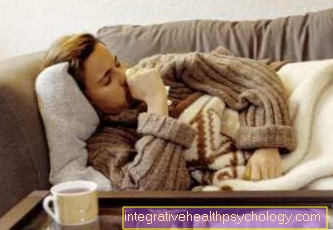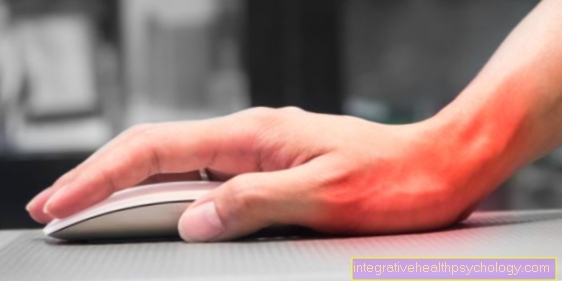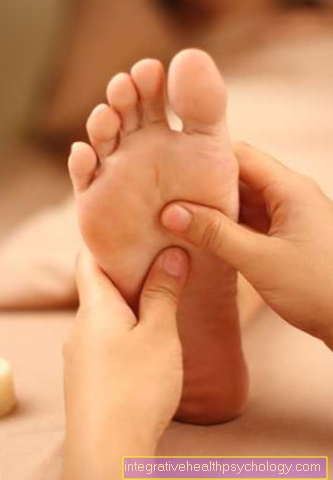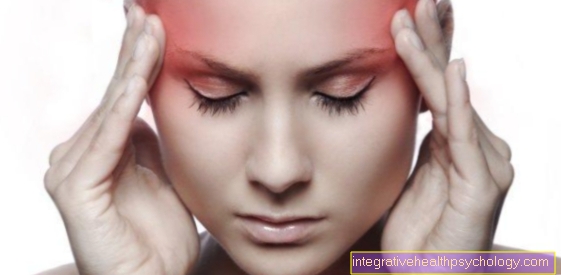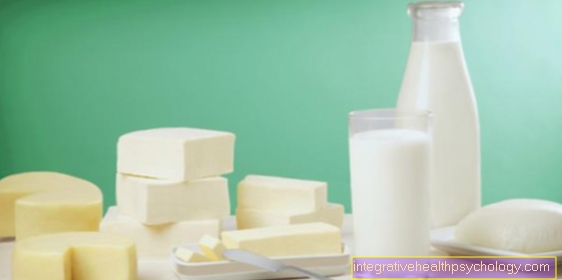Progressive Muscle Relaxation
Synonyms
Progressive muscle relaxation according to Jacobson, PMR, PME, progressive relaxation, relaxation training, relaxation methods
introduction
stress, mental stress, worries and fear often without us noticing, lead to increased tension in individual or even all muscles in the body. Biologically, this has the purpose of preparing the body for action or action and is therefore not a problem in the short term. However, if such conditions persist for a long time, or if they keep coming back (as is often the case with stress and worry), they can Exhaustion and pain cause. Who does not know that: the tense neck or painful back after a hard day a headache after great concentration or the exhaustion in the morning after a restless sleep.
At the beginning of the last century, the American doctor Edmund Jacobson began research into relaxation in people. During his work he repeatedly came across clear indications that there are unconditional connections between muscular tension and a multitude of diseases (physical and mental).
Example: slang expressions
Who does not know the colloquial expressions that express the connection between muscles and well-being: "Fear is written on your face." ; "I froze in shock." or "He has a heavy burden to bear."
After many years of intensive research, he finally published his first book on in 1929 progressive muscle relaxation (PME). Like many scientific processes, the progressive muscle relaxation (PMR) have undergone change and further development over the years and decades. The main difference between progressive muscle relaxation today and then is in the simplification of today's procedure. It can be carried out practically by anyone at any time (including children and young people) and no previous knowledge is required. This is why the progressive muscle relaxation (PME) the most frequently performed relaxation method today. For example, also some health insurance companies progressive muscle relaxation (PMR) - Courses on how to better manage stress or prevent illnesses. But this relaxation method is also often used in rehab clinics because it is particularly effective and easy to learn
effect
The aim of progressive muscle relaxation is to achieve deeper relaxation of the entire musculature. With this procedure, with the help of a conscious tension of muscle parts, a clearly perceived relaxation follows. For this purpose, the individual muscle groups are specifically tensed in the exercise under guidance, the tension is briefly “held” in order to then consciously “let go” of the muscle to relax it. The aim here is to better perceive the different states of the muscle. This improves the so-called “body awareness”.
This exercise is particularly suitable for people for whom other relaxation methods have not achieved the desired effect.

We often think that we are actually already relaxed, but we are often still tense in individual muscle groups. The word “progressive” in this context implies that one should learn to achieve a “deeper, progressive” relaxation. For this it is necessary to do the exercises very often and regularly, preferably daily. Only then is it possible to apply what has been learned in everyday or stressful situations. You should take your time to do the exercises and be careful not to be disturbed. They should also not put themselves under pressure to perform. Often the pleasant effect of the exercises only becomes apparent after repeated practice.
The effectiveness of the exercises is mainly due to the fact that every person can normally imagine something under muscle tension, since we all use our muscle strength incessantly to carry out our everyday work. In contrast to this, the so-called "autogenic training" requires an additional inner willingness, without which the exercises will not succeed. At PMR, success is immediate. For example, imagine suggest that they have to carry a case of water (maybe beer for men) to the fourth floor. You will feel every single muscle after the first 2 floors. Then imagine the palpable relief when you can finally drop the heavy box at its destination. Progressive muscle relaxation is based on a very similar principle
Before the exercises
As already mentioned above, you should try to create an environment that is as noise-free as possible before the exercise. Turn off your phone, close the window and check your diary to see if you have enough free time.
You do not have to lie down when performing the exercise, but you can if it is more comfortable for you. Experience shows that it is often easier for beginners to do their first exercises while lying down.
A completely normal, sufficiently comfortable chair is sufficient for relaxation while sitting. Since the goal of exercise is relaxation, for the duration of the exercise you should get rid of all superfluous things that could interfere with relaxation. Conceivable here would be shoes that are too tight, glasses that could slip off the nose and maybe the belt that cuts into it. It is also important to have an environment in which the temperature is comfortable for you. Some people need an almost desert-like climate, while others need a very cool environment to find peace.
Often the question arises whether the exercise should be carried out with closed or open eyes. In principle, both are conceivable here. From my personal experience, I can say that the “imagination” that is part of the exercise seems easier with your eyes closed.
The duration of the exercises are different. Basically, the more experienced the practitioner, the shorter the time required. The exercise instructions we have created have a length of approx. 26 minutes for beginners and approx. 14 minutes for advanced users. The ultimate goal for the practitioner, with sufficient experience, is to achieve the desired relaxation in stressful situations (exams, job interviews or standing in a traffic jam, etc.) in a few minutes without instruction.
execution
You should definitely do the first exercises under supervision. If you later do the exercises without instruction, you should always make sure not to over-tighten or tense the muscle groups you are working with.

Under no circumstances should there be any cramping or pain.
This is especially true for muscle parts that are already suffering from pain. Progressive muscle relaxation is about improved body awareness and not a physiotherapy or physiotherapy measure!
Every now and then we get the message from patients: “I can't do that at all. Whenever I try to relax, my thoughts wander ... to my shopping, my husband, my girlfriend, my sports club, etc ... ”
At first, that's perfectly fine. The majority of the people in our society are trained to function and cannot simply interrupt their (mental) daily routines. The most important thing about these freezing thoughts is to stay calm. One should not panic or feel unduly angry about it, as there is no one who can relax while angry. Rather, the train of thought should go in the direction of: "Okay, now I've thought about it, so I'll come back to my relaxation picture." or "Well, now I imagine exactly the muscle group I'm working with again." This acceptance of wandering thoughts, while at the same time centering on the desired point, is by the way a central theme in meditation.
Here, too, you will notice that frequent practice leads to a marked decrease in distracting thoughts and to faster centering.
At the end of the exercise, including following the instructions, you should again mentally walk through the muscle groups you have just traveled in order to visualize the relaxation again.
application areas
Progressive muscle relaxation is a successful, widely used method in behavior therapy and pain management.
Areas of application are:
- stress
- Headache (tension headache, migraine)
- Chronic back pain
- High blood pressure (arterial hypertension)
- fear of flying
- Stage fright or test anxiety
- Birth preparation
- stutter
- Gastrointestinal disorders
- nocturnal "teeth grinding" (Bruxism)
- sleep disorders
- Anxiety disorders
It is also effective in treating sleep disorders and illnesses that are directly related to stress.
Read more about other relaxation techniques at: Pilates
Imagination journeys
Progressive muscle relaxation goes particularly well with other relaxation techniques such as Imagination journeys combine. Even with the Imagination journeys there is a relief of body and mind through mental relaxation.



